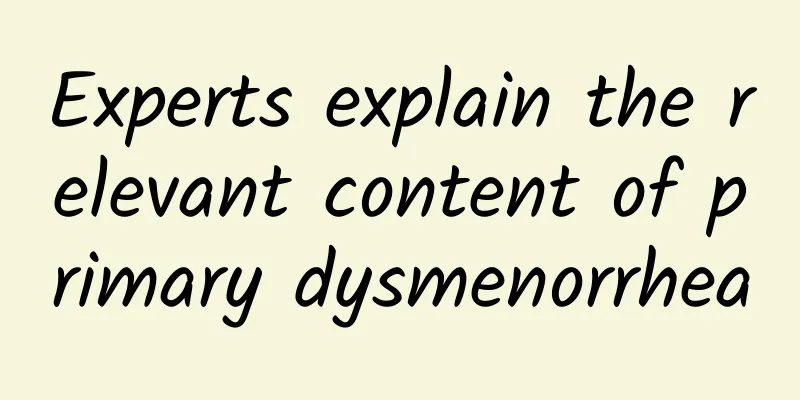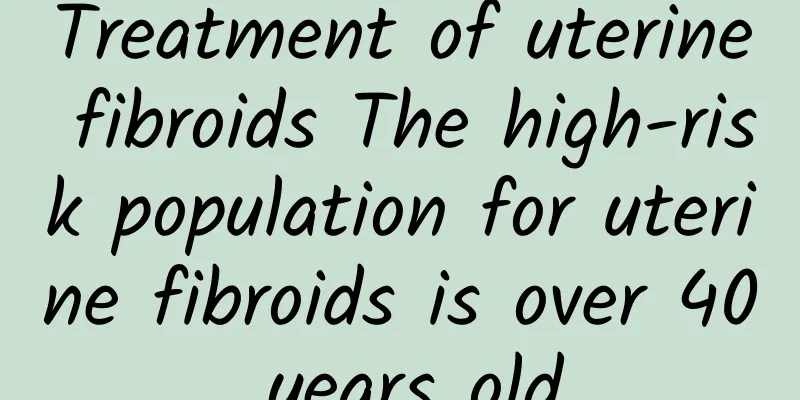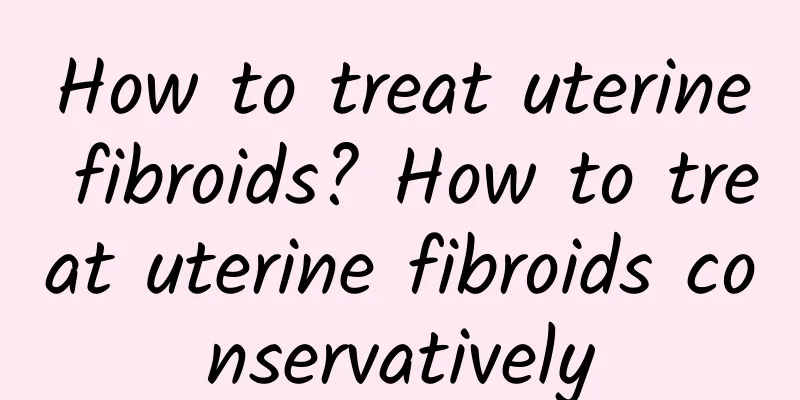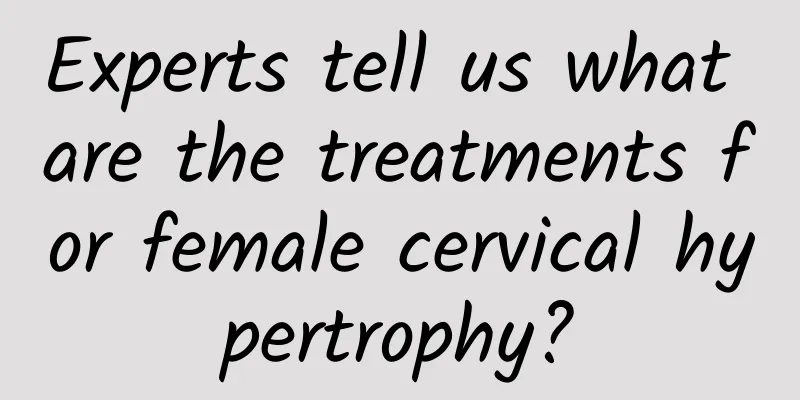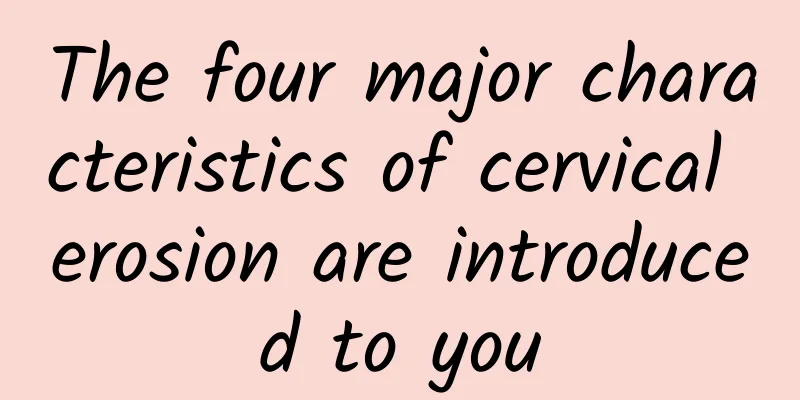What are the symptoms of uterine fibroids? How are uterine fibroids treated?
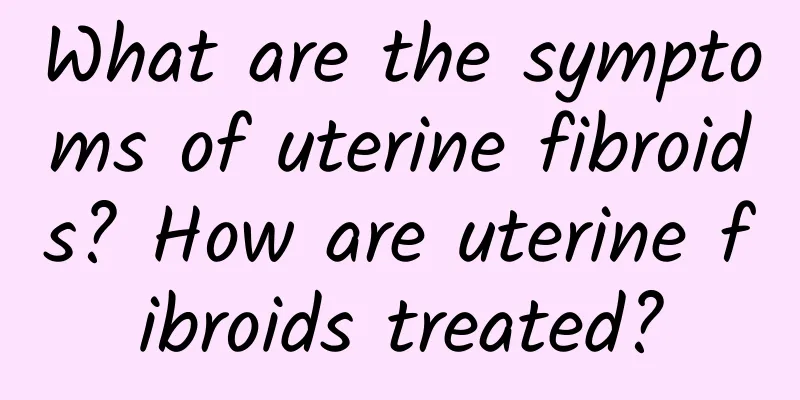
|
Uterine fibroids, also known as uterine leiomyoma, are common benign tumors of the female genitalia. Most are asymptomatic, and a few present with vaginal bleeding, abdominal contact with the tumor, and compression symptoms. For example, pedicle torsion or other conditions can cause pain, which is common in multiple uterine fibroids. So, what are the symptoms and treatments of uterine fibroids? Uterine bleeding is one of the most common symptoms of uterine fibroids. Among them, cyclical bleeding is more common, which can be manifested as increased menstrual volume, prolonged menstrual period or shortened cycle. It can also be manifested as irregular vaginal bleeding during menstrual cycle. Uterine bleeding is common in submucosal fibroids and intramural fibroids, while subserosal fibroids rarely cause uterine bleeding. A few patients may experience a feeling of lower abdominal distension and back pain. When the pedicle of subserosal fibroids is twisted or the uterine fibroids undergo red degeneration, acute abdominal pain may occur. It is also not uncommon for fibroids to be combined with endometriosis or adenomyosis, which may cause dysmenorrhea. The following is a brief introduction to the methods that can be used to treat uterine fibroids: (1) Radiotherapy for uterine fibroids is used for patients who are intractable to drug treatment, have contraindications to surgery or refuse surgical treatment, but also for patients with pelvic inflammatory disease or malignant changes in uterine fibroids. (2) Drug treatment for uterine fibroids can be introduced in daily life. In recent years, with the continuous progress of society and the continuous improvement of hospitals, drug treatment has made many new advances. However, patients should pay attention to diagnostic scraping before choosing drug treatment, and perform endometrial biopsy to eliminate malignant changes. (3) Surgery is a commonly used treatment for uterine fibroids. Hysterectomy: Hysterectomy doctors generally recommend total hysterectomy, especially for some patients with cervical hypertrophy and lacerations. However, if the patient is in poor general condition and the technical conditions are limited, total hysterectomy is the only option. The incidence of stump cancer is only about 1-4%, but regular check-ups are still required after surgery. Uterine fibroids are a very serious disease and should be treated as soon as possible. Once diagnosed with uterine fibroids, you must go to the hospital for comprehensive treatment as soon as possible to help the recovery of the disease. |
Recommend
What are the prevention methods of ectopic pregnancy
Nowadays, there are more and more patients with e...
The main reasons for female dysmenorrhea leading to infertility are
Women who suffer from dysmenorrhea are not only i...
What is cervical erosion degree 3? What are the symptoms of cervical erosion in women?
What is cervical erosion 3rd degree? The third de...
Can I drink milk after miscarriage?
The diet after miscarriage should be balanced and...
How long does it take to get pregnant after surgery for hyperprolactinemia
Many people know that suffering from hyperprolact...
When is the best time to have a painless abortion?
The best time for painless abortion is 35 to 50 d...
Nutritionists point out the pitfalls of eating out! Teach you how to make simple salad, balanced nutrition and better taste
According to a questionnaire survey conducted in ...
Classification of cervical erosion: true and false erosion
What are the classifications of cervical erosion?...
What are the causes of female vulva itching?
What is the cause of female vulvar itching? The c...
What are the causes of miscarriage in early pregnancy? There are 5 reasons
Most early miscarriages are spontaneous miscarria...
Is endometrial tuberculosis contagious?
Those who know about it should know that endometr...
The main manifestations of mild, moderate and severe cervical erosion
Cervical erosion is a common gynecological diseas...
What are the dangers of cervical warts?
There are many sexually transmitted diseases in t...
Women who have already had irregular menstruation should take good care of themselves
Don't panic after suffering from irregular me...
Can you feel uterine fibroids? Can you feel uterine fibroids?
Uterine fibroids are a common gynecological disea...

